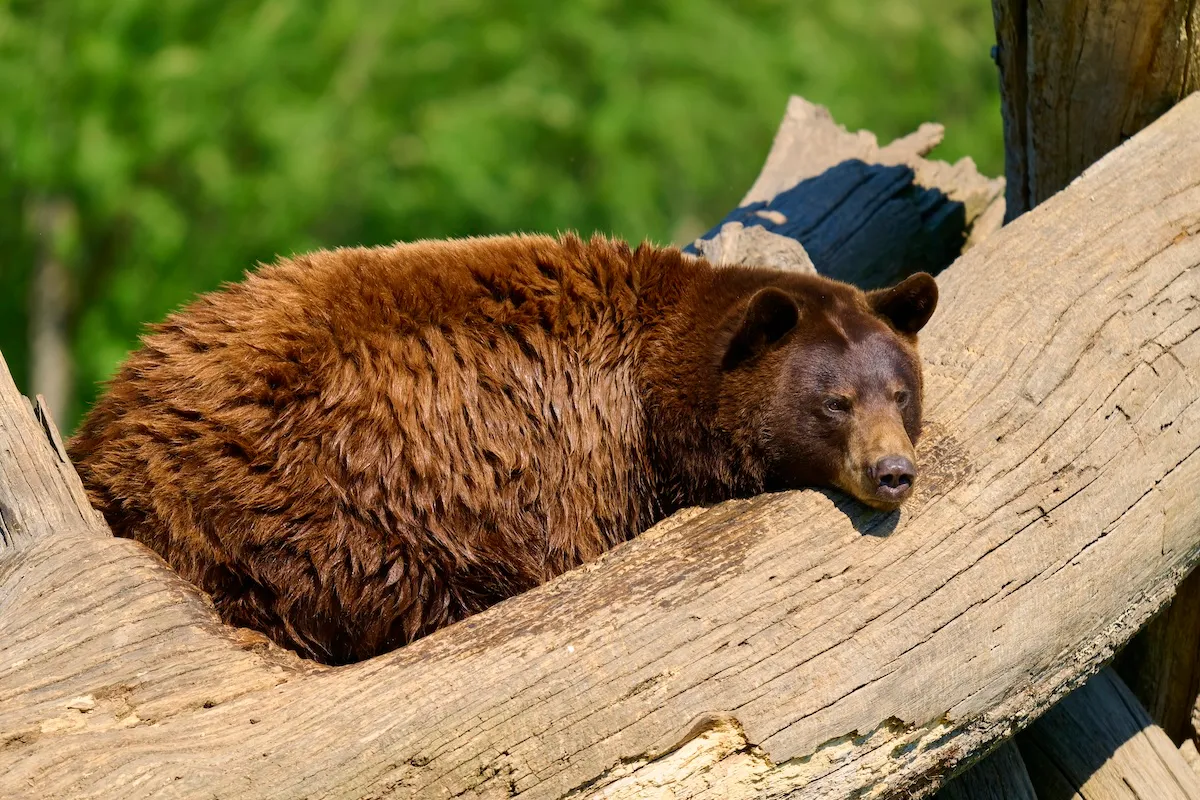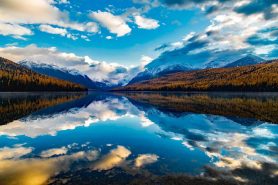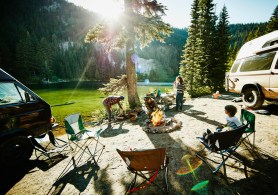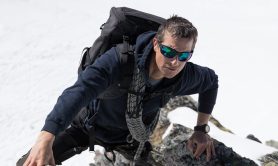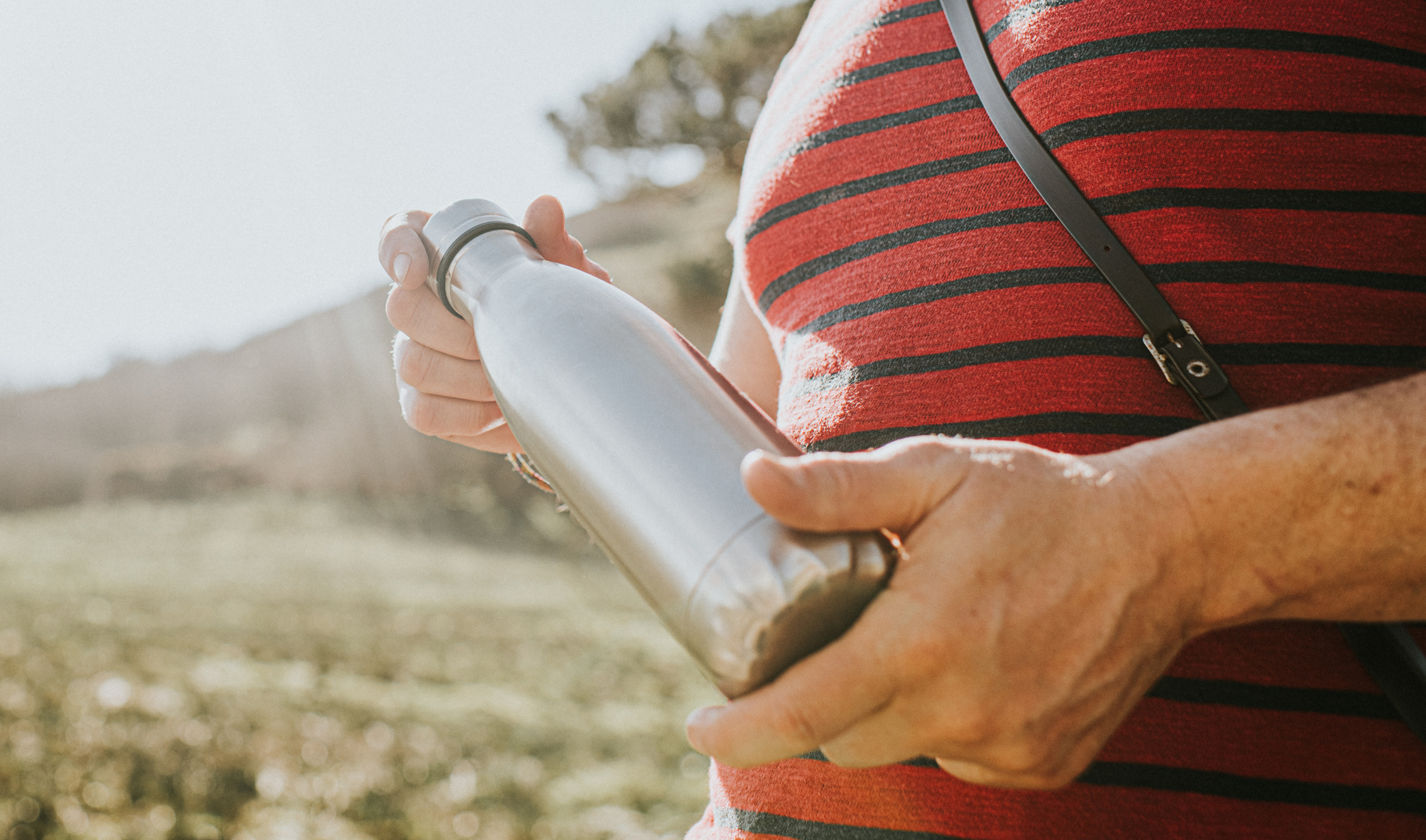

Bear Grylls has written about how to avoid hypothermia and frostbite, but the condition called hyperthermia, where the body overheats, is just as dangerous.
Videos by Outdoors
So what is hyperthermia? The average normal body temperature is generally 98.6°F (37°C), while it can vary from 97°F (36.1°C) to 99°F (37.2°C) or more, depending on your anatomy, the time of day or your activity level. If your temperature is one degree higher than this, you’re too hot, but if it’s two degrees or more higher, you’re “hyperthermic,” or have a fever. Hyperthermia is common in survival situations but it can be life-threatening.
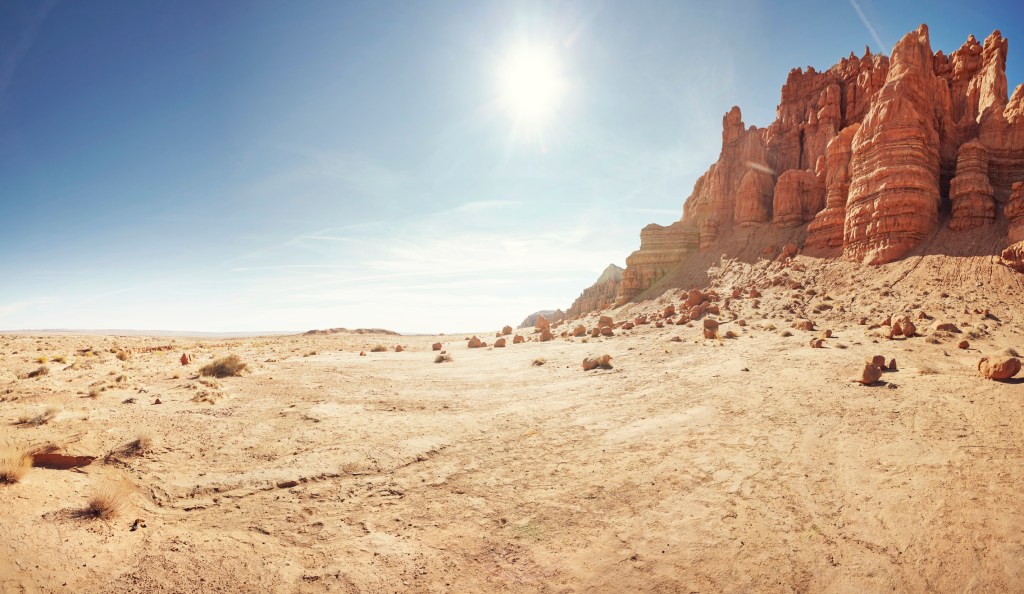
Know the warning signs
One of the main warning signs of hyperthermia is heavy sweating, which means your body is working overtime to keep itself cool.
“Even more dangerous, though, is heavy sweating followed by no sweating at all,” says Bear in How to Stay Alive. “This is your body going into survival mode and conserving its last reserves of water.”
Thirst is another warning sign—and if you are thirsty, you’re already dehydrated.
“In hot climates, you need to be drinking constantly,” says Bear. “If you’ve suffered diarrhea or vomiting, this is even more important.”
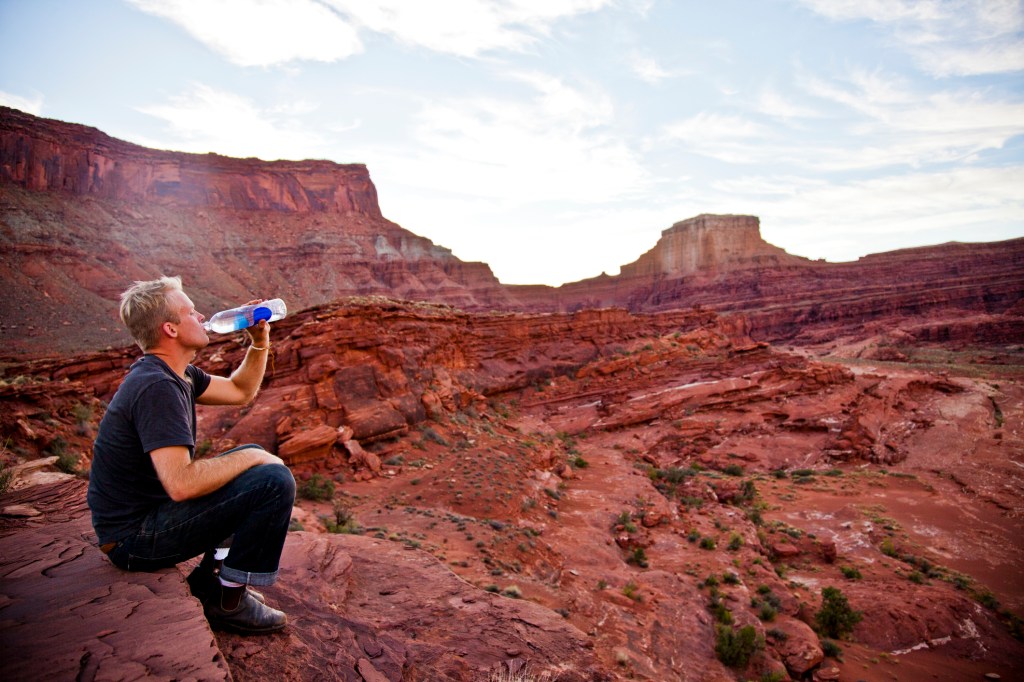
Other warning signs of hyperthermia include muscle cramps, nausea or dizziness, feeling tired and confused, having dark urine, and having a rapid pulse. When you experience any of these, you need to drink water and also reduce your core temperature.
Drink water—but don’t chug it
Replacing your body’s fluids rapidly is important if you’re hyperthermic, but you shouldn’t gulp water down, as your body might reject it. Start with small sips, and if you have rehydration salts or sachets, use them to replace lost electrolytes in the body. You can also make your own rehydration formula by dissolving a teaspoon of salt in a liter of water.
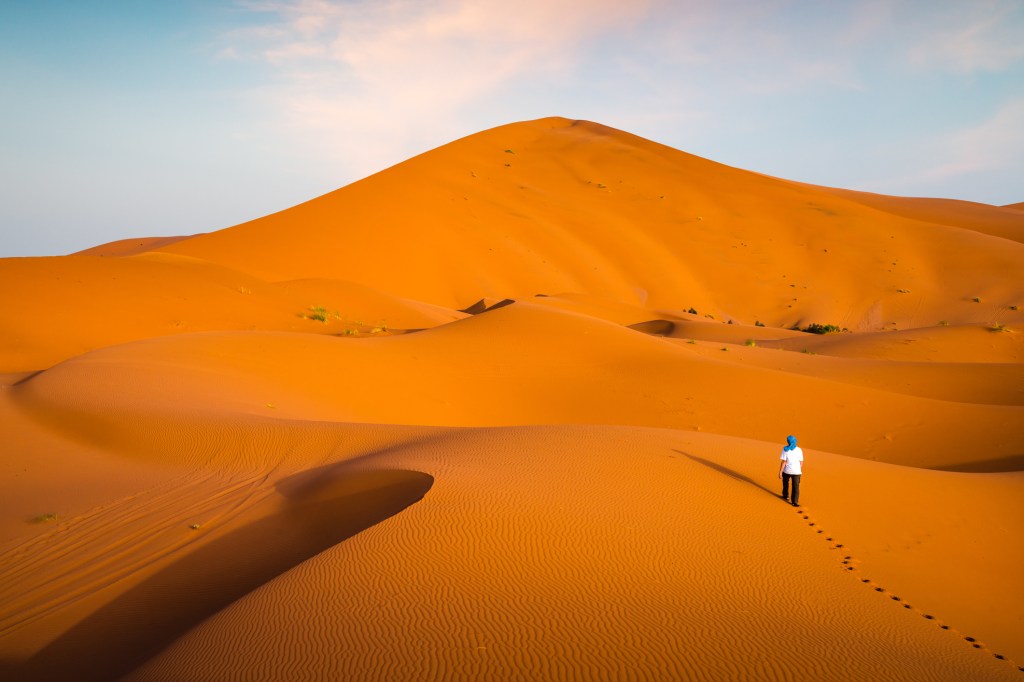
Reduce core temperature
If you or your companion suspects hyperthermia, move into the shade and stop moving around. If you can, wrap up in a cold, wet sheet or towel. Keep it wet by regularly pouring water over it.
Another option for cooling is to create a breeze by waving something as a fan.
“Don’t underestimate the importance of this, “says Bear. “The body will have lost the ability to regulate its own temperature, so it needs help doing it. Without this help, it won’t be able to recover, and death is a real possibility.”

